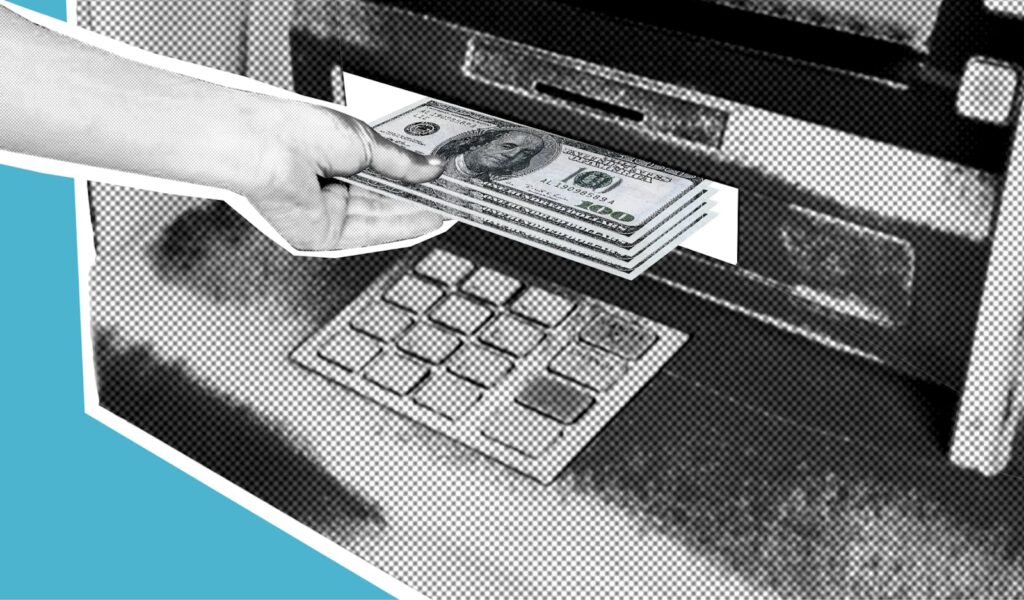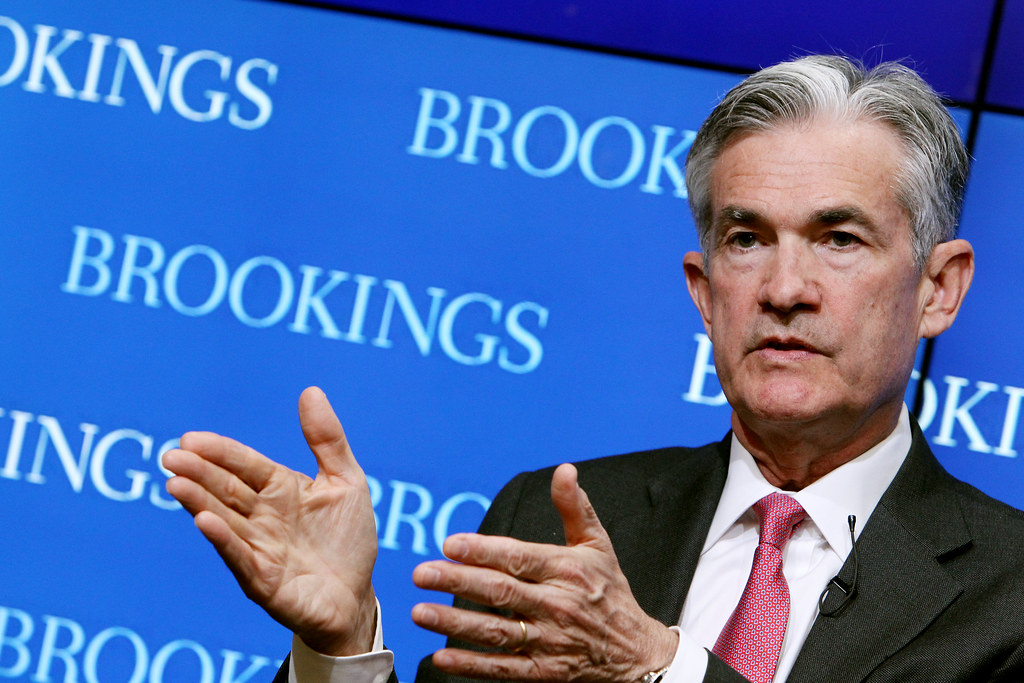How does the new jobs report affect the economic outlook?

• The September jobs report was delayed more than six weeks due to the government shutdown. The October report will not be released because surveys were incomplete, adding uncertainty for investors and economists. Some October data will instead be published in December. • September payrolls rose 119,000, beating expectations of 51,000 and improving sharply from […]
Is there an AI Bubble?

With artificial intelligence dominating headlines and driving the stock market to new highs, many investors are asking whether we’re in another bubble like the dot-com era. It’s a fair concern given today’s high valuations and massive AI-related spending. Major companies are investing trillions in AI infrastructure—building data centers, purchasing GPUs, and hiring talent. Some deals […]
Understanding valuation metrics, like price-to-earnings ratios, helps investors gauge what they’re paying for company earnings.

Historical Stock Market Valuations The S&P 500’s forward P/E is 22.4x (vs. 15.9x long-term average), above normal but below the tech bubble peak of 24.5x. The Shiller P/E of 38x also exceeds its historical average of 27x, pointing to elevated valuations. Large Cap Growth stocks trade at the highest P/E (28x) with 16.1% expected earnings […]
The Great Wealth Transfer: Key points to consider.

What is The Great Wealth Transfer? The Great Wealth Transfer refers to the expected shift of $84 trillion from the Silent Generation and Baby Boomers to younger generations over the next two decades, marking one of the largest wealth shifts in modern history. Key points to consider: Scale and complexity: Baby Boomers hold over $82 […]
Understanding the Fed’s Rate Cut Cycles

Understanding the Fed’s actions is essential for financial planning, as interest rates influence mortgages, bonds, and economic growth.
How the “One Big Beautiful Bill” will affect both your personal finances and your business.

The government just passed the “One Big Beautiful Bill”, and it’s packed with changes that will affect both your personal finances and your business. We’ve distilled the key takeaways into clear, actionable insights so you can stay ahead.
How is the Magnificent 7 impacting markets?

The Magnificent 7 stocks have returned 285% since 2020, far outpacing the S&P 500’s 91% gain and now make up about 35% of the index.
What does a weaker job market mean for the Fed?

The July jobs report showed weaker-than-expected growth, with only 73,000 new jobs added—well below the 104,000 forecast. May and June figures were also revised down sharply, bringing the 3-month average to just 35,000, far below historical norms.
What impacts are tariffs having on corporate profits?

With tariffs now at their highest level since 1911—average consumer rates reaching 20.2% (Yale Budget Lab)—many companies are absorbing costs rather than passing them to consumers, as stable spending data suggests.
What does the new August 1st tariff deadline mean for markets?

With President Trump’s reciprocal tariffs set to resume August 1, 2025, after the 90-day pause, investors are understandably watching closely.